Kansas Just Made History With a 30-Mile Medical Drone Delivery

Amazon Drone Deals: DJI Mini 5 Pro Fly More Combo with DJI RC2 now for $1,099!
In the vast, open spaces of rural America, the distance between hospitals can be a matter of life and death. Getting a critical medical supply from one town to another often means a long, slow drive. But in Kansas, a new “tube system in the sky” just proved there’s a much faster way.
In a landmark test flight, the Community HealthCare System successfully used a Pyka autonomous drone to deliver an AED (Automated External Defibrillator) nearly 30 miles to a rural hospital.

It was amazing reading about it on The Mercury. It’s the first-ever long-range medical drone delivery in the state’s history and a huge leap forward for rural healthcare.
A Lifeline Across the Prairie
On August 12th, the Pyka drone took off from an airfield near Seneca, Kansas. Its cargo was small but vital: a life-saving AED. Its destination was the hospital airstrip in Onaga, a small town nearly 30 miles away. The flight, which took just 30 minutes, was a resounding success.
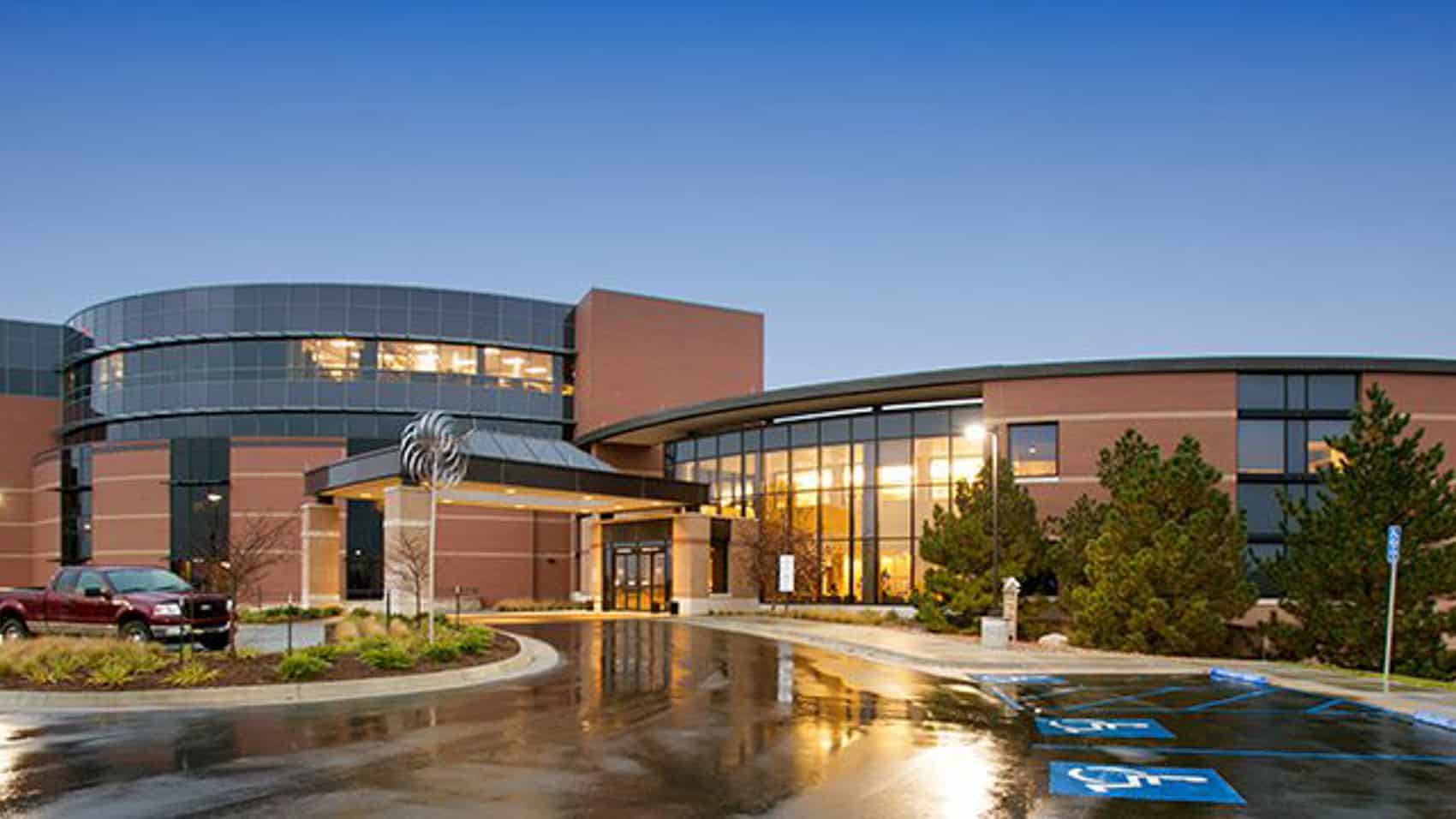
This test was the culmination of a major collaborative effort, led by Community HealthCare System CEO John Fitzthum and supported by Kansas State University’s Aerospace and Technology campus, the Kansas Department of Transportation, and the drone maker, Pyka.
The goal is to solve a critical problem: how to quickly connect the network of small rural clinics and hospitals that serve communities like Corning, which has a population of just 212. A 30-minute flight can replace a courier van that might take over an hour, and in a medical emergency, that time is priceless.
The Pyka Pelican: A Purpose-Built Workhors
The drone used for this mission wasn’t a standard quadcopter. The Pyka Pelican Cargo is a purpose-built logistics drone designed for exactly this kind of work. It’s a VTOL (Vertical Take-Off and Landing) aircraft, meaning it can take off and land like a helicopter but fly long distances like a plane.
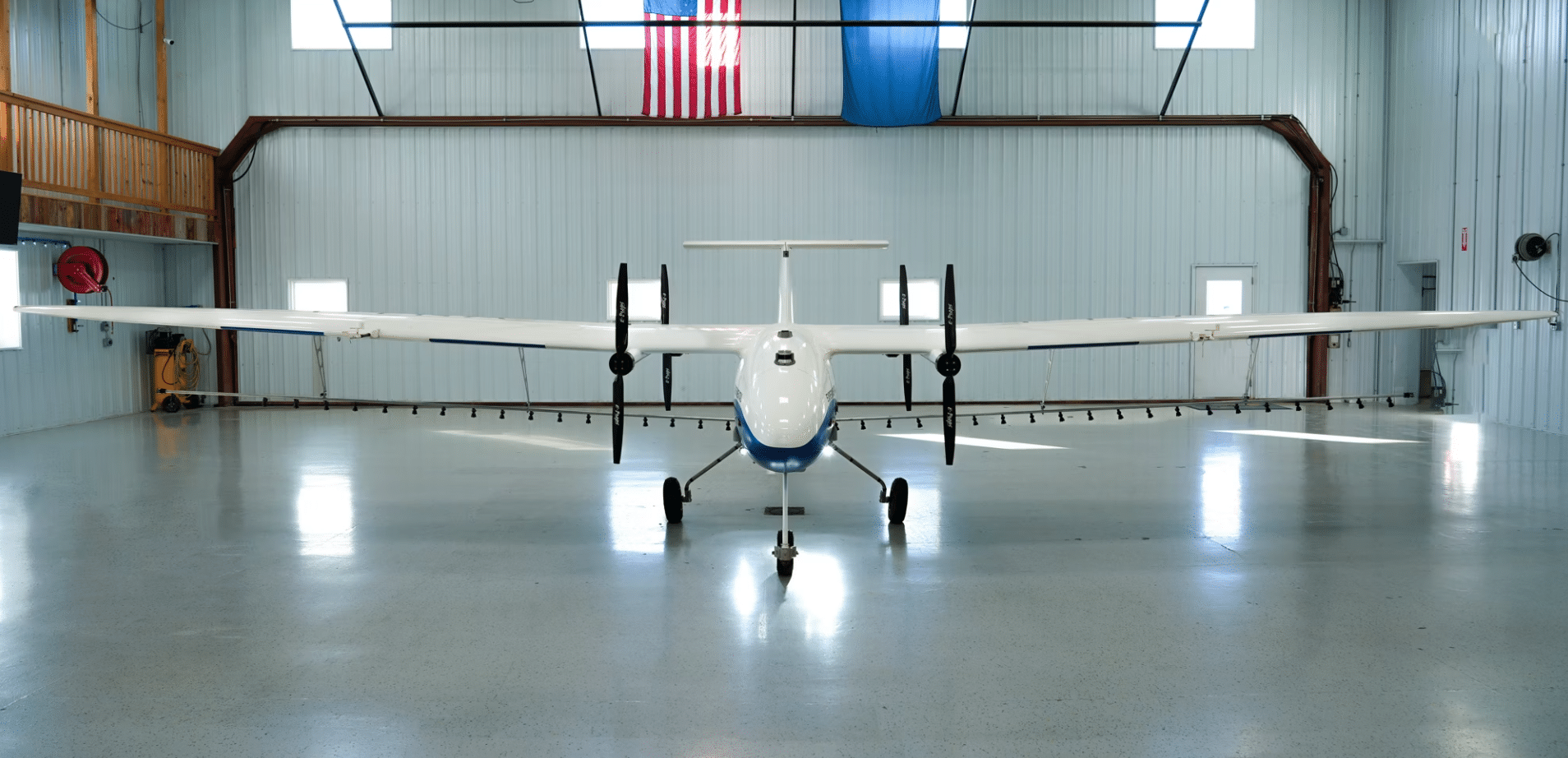
It’s a beast of a machine. According to Pyka’s specs, the Pelican can carry a payload of up to 70kg (over 150 pounds) and fly for up to 200 miles. For the Kansas trial, the drone flew autonomously along a pre-approved FAA flight plan, with a technician monitoring the flight and ready to take remote control if needed.
This is the kind of robust, reliable technology that is required for critical missions like medical delivery. It’s a tool designed for endurance and safety, capable of delivering everything from AEDs to lab samples, blood units, or antivenom.
More Than Just a Delivery
The vision for this program goes far beyond just moving supplies. Fitzthum and his team see this as a way to fundamentally improve the quality of healthcare and life in rural Kansas. Faster delivery of lab samples means faster diagnoses. The ability to quickly bring in specialized supplies could enable smaller hospitals to perform surgeries that would otherwise require a patient to travel to a larger city.
It’s also a way to make these communities more attractive. By embracing cutting-edge technology, they hope to attract a younger generation of healthcare workers and families to the area. It’s an investment in the future, proving that you don’t have to be in a major city to have access to world-class logistics and healthcare.
DroneXL’s Take
It’s hard to overstate how important and inspiring a story like this is. We often see drone delivery tested in dense, urban or suburban areas, but this is where the technology can have the most profound impact. In a city, a drone might save you 30 minutes on a delivery. In a rural area, that same 30 minutes could literally be the difference between life and death.
“Real talk,” the challenges of long-range rural flight are immense. You’re dealing with unpredictable weather over open plains, potential signal loss, and the need for absolute, ironclad reliability when a medical emergency is on the line. The meticulous planning by the healthcare system, K-State, and Pyka to get this first flight right is a testament to their professionalism.
As a professional who uses drones for creative work, I see this as a beautiful expression of the technology’s core purpose: to go where it’s difficult for us to go, and to do it faster and more efficiently. The “tube system in the sky” is the perfect description. It’s a direct, elegant solution to the problem of distance.
This is the kind of work that builds a better future. It’s not a flashy, headline-grabbing military drone or a toy. It’s a workhorse, quietly doing a vital job that will make people’s lives better. And that’s the most powerful story our industry can tell.
Photographs courtesy of The Mercury and Pika
Discover more from DroneXL.co
Subscribe to get the latest posts sent to your email.
Check out our Classic Line of T-Shirts, Polos, Hoodies and more in our new store today!

MAKE YOUR VOICE HEARD
Proposed legislation threatens your ability to use drones for fun, work, and safety. The Drone Advocacy Alliance is fighting to ensure your voice is heard in these critical policy discussions.Join us and tell your elected officials to protect your right to fly.
Get your Part 107 Certificate
Pass the Part 107 test and take to the skies with the Pilot Institute. We have helped thousands of people become airplane and commercial drone pilots. Our courses are designed by industry experts to help you pass FAA tests and achieve your dreams.

Copyright © DroneXL.co 2025. All rights reserved. The content, images, and intellectual property on this website are protected by copyright law. Reproduction or distribution of any material without prior written permission from DroneXL.co is strictly prohibited. For permissions and inquiries, please contact us first. DroneXL.co is a proud partner of the Drone Advocacy Alliance. Be sure to check out DroneXL's sister site, EVXL.co, for all the latest news on electric vehicles.
FTC: DroneXL.co is an Amazon Associate and uses affiliate links that can generate income from qualifying purchases. We do not sell, share, rent out, or spam your email.




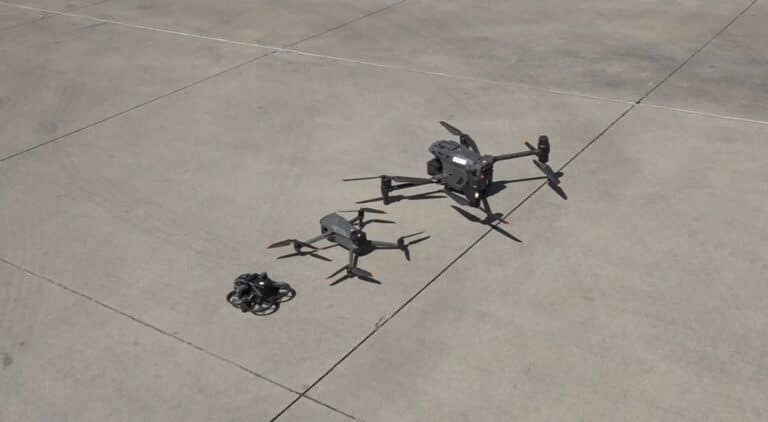

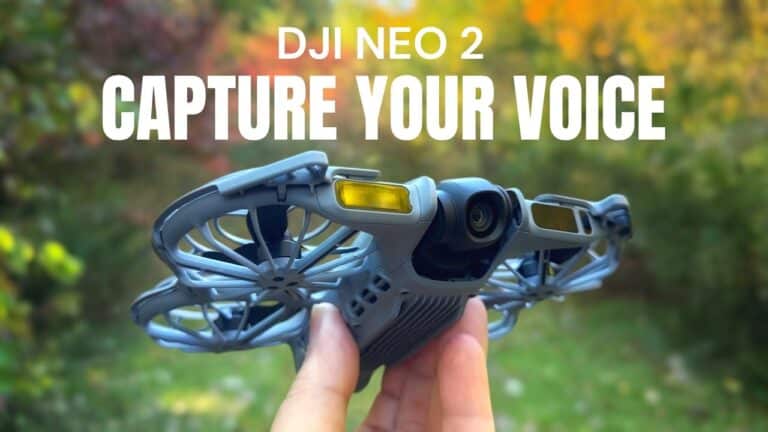
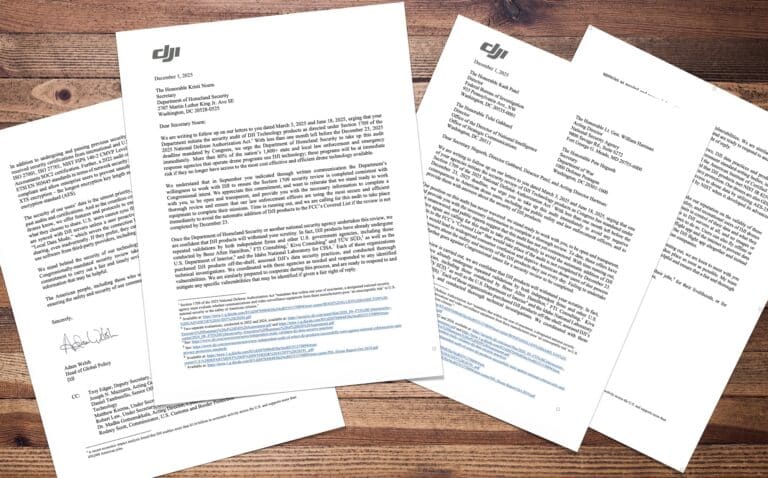
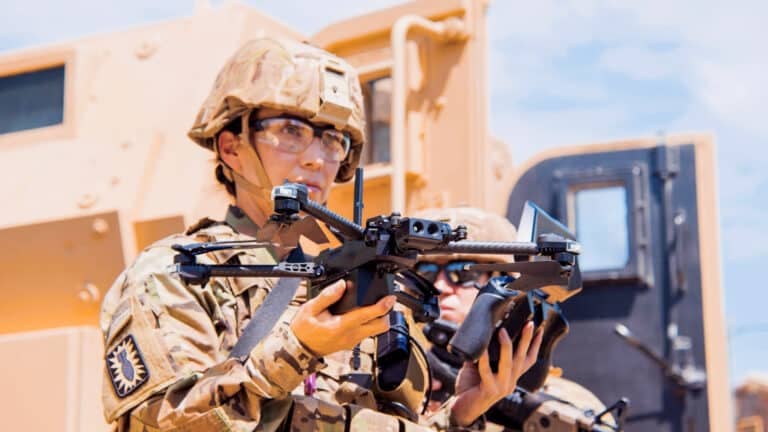
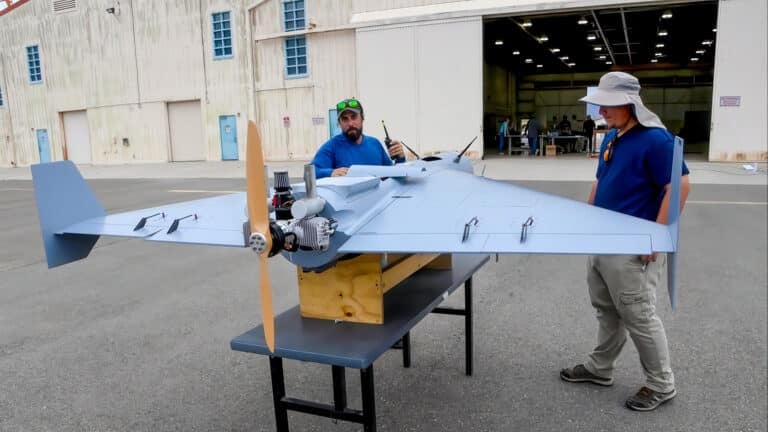


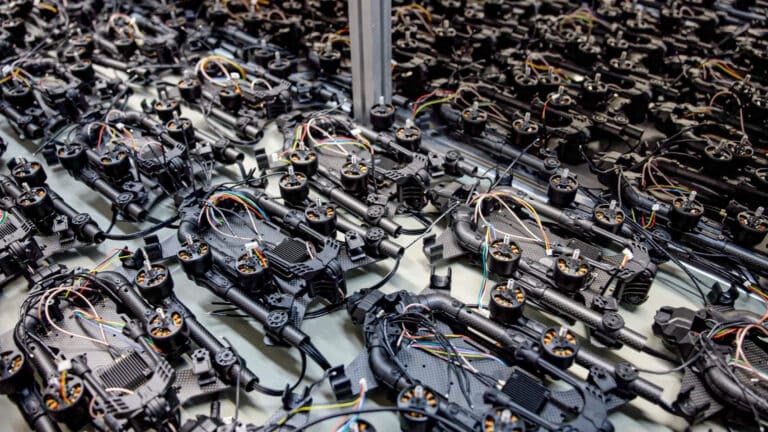


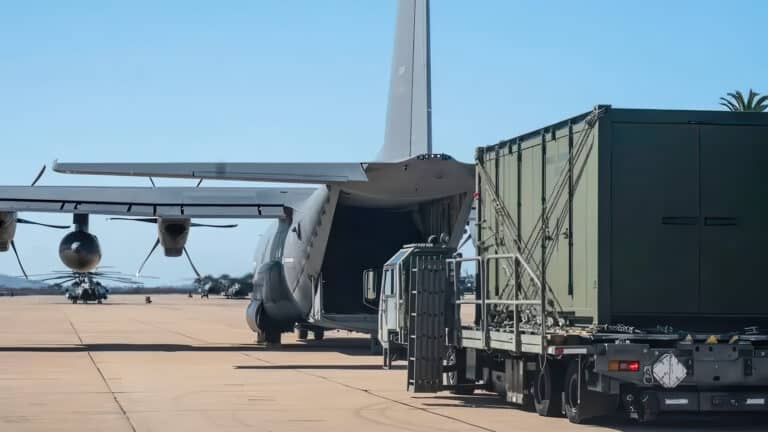

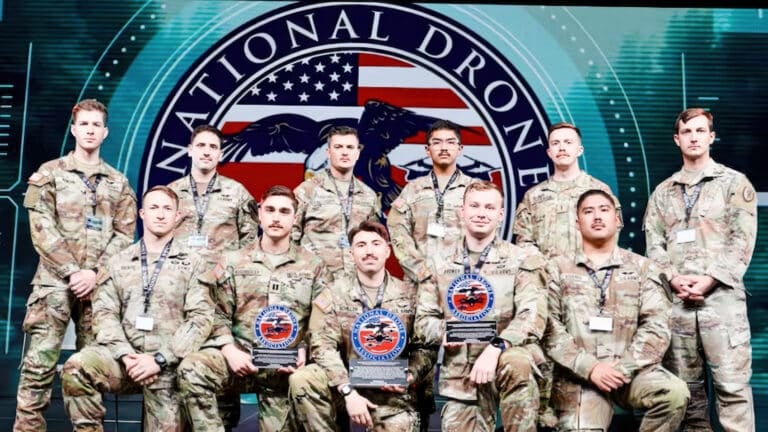
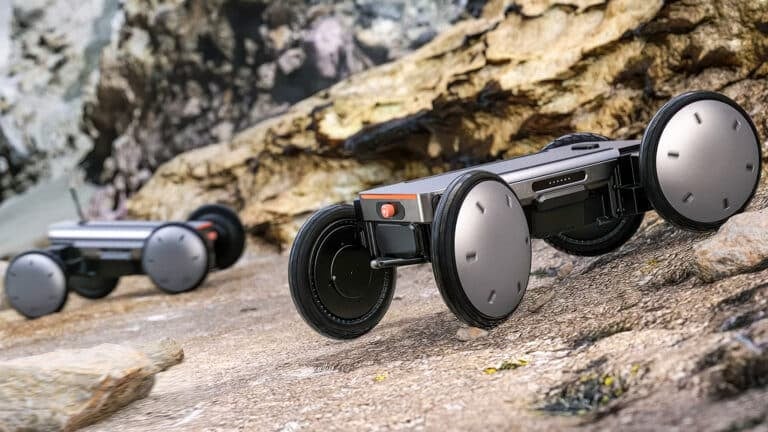
Canada is way ahead of the USA with these types of flights. They do it on a regular bases to the Northern communities.